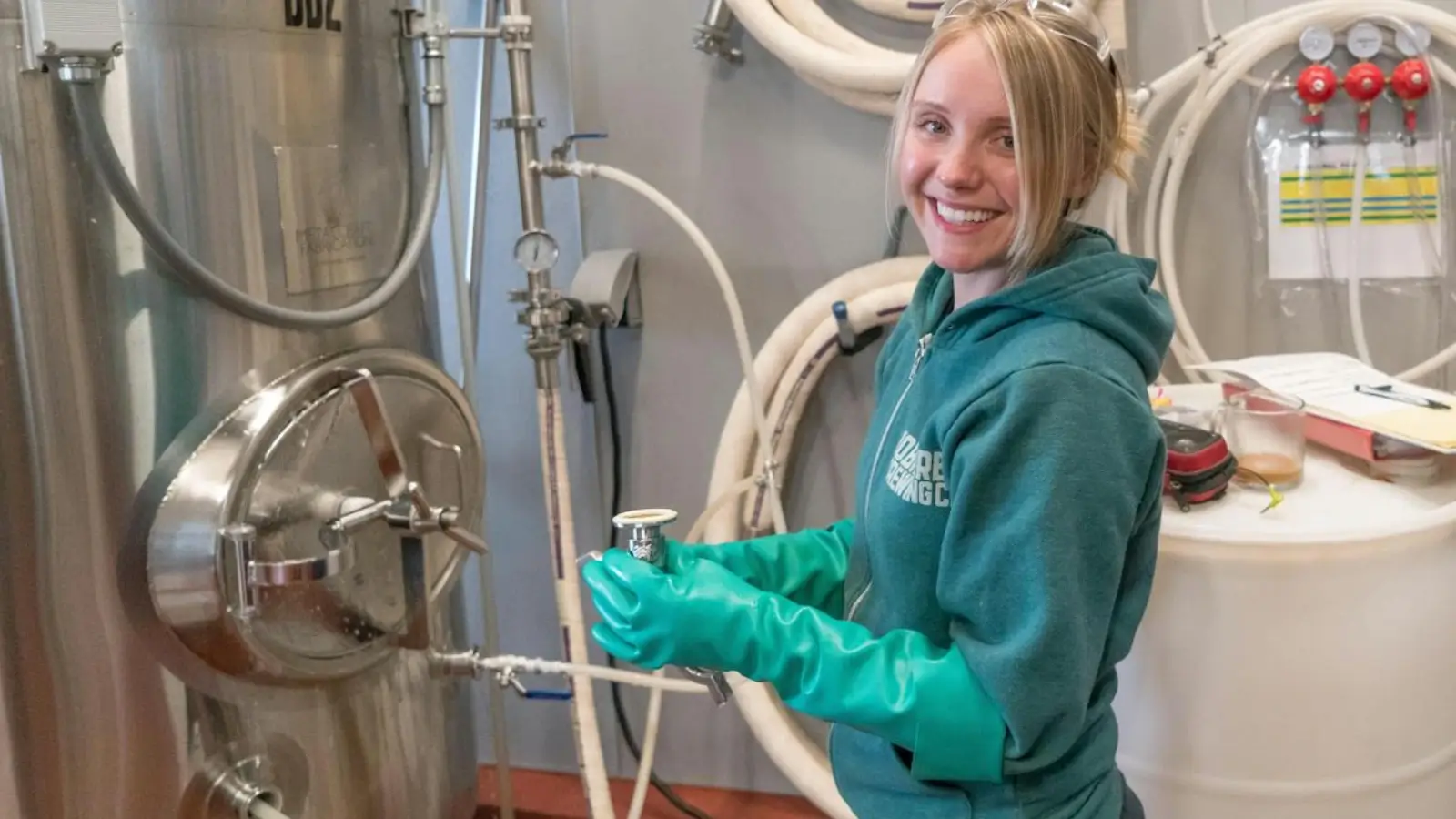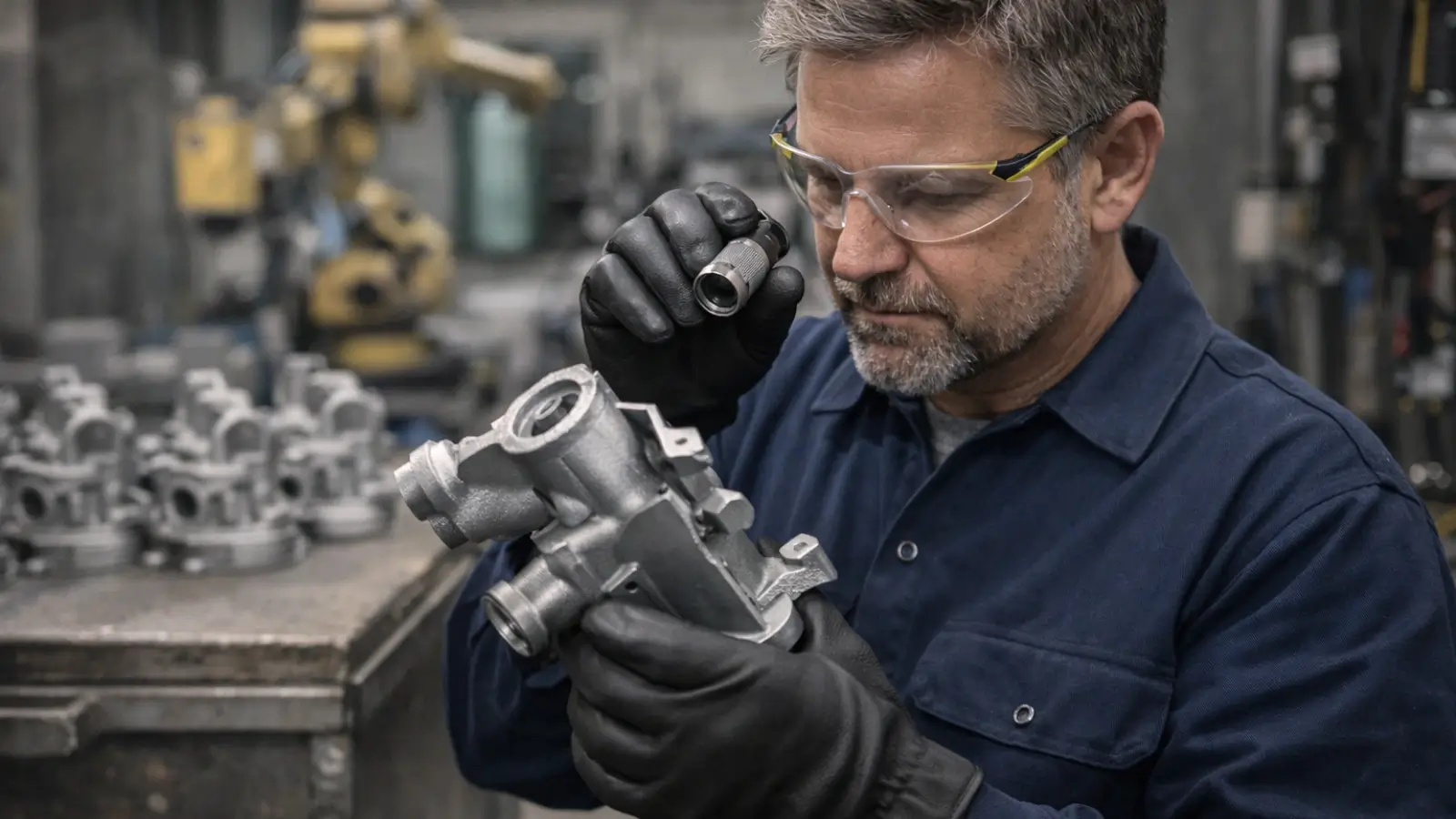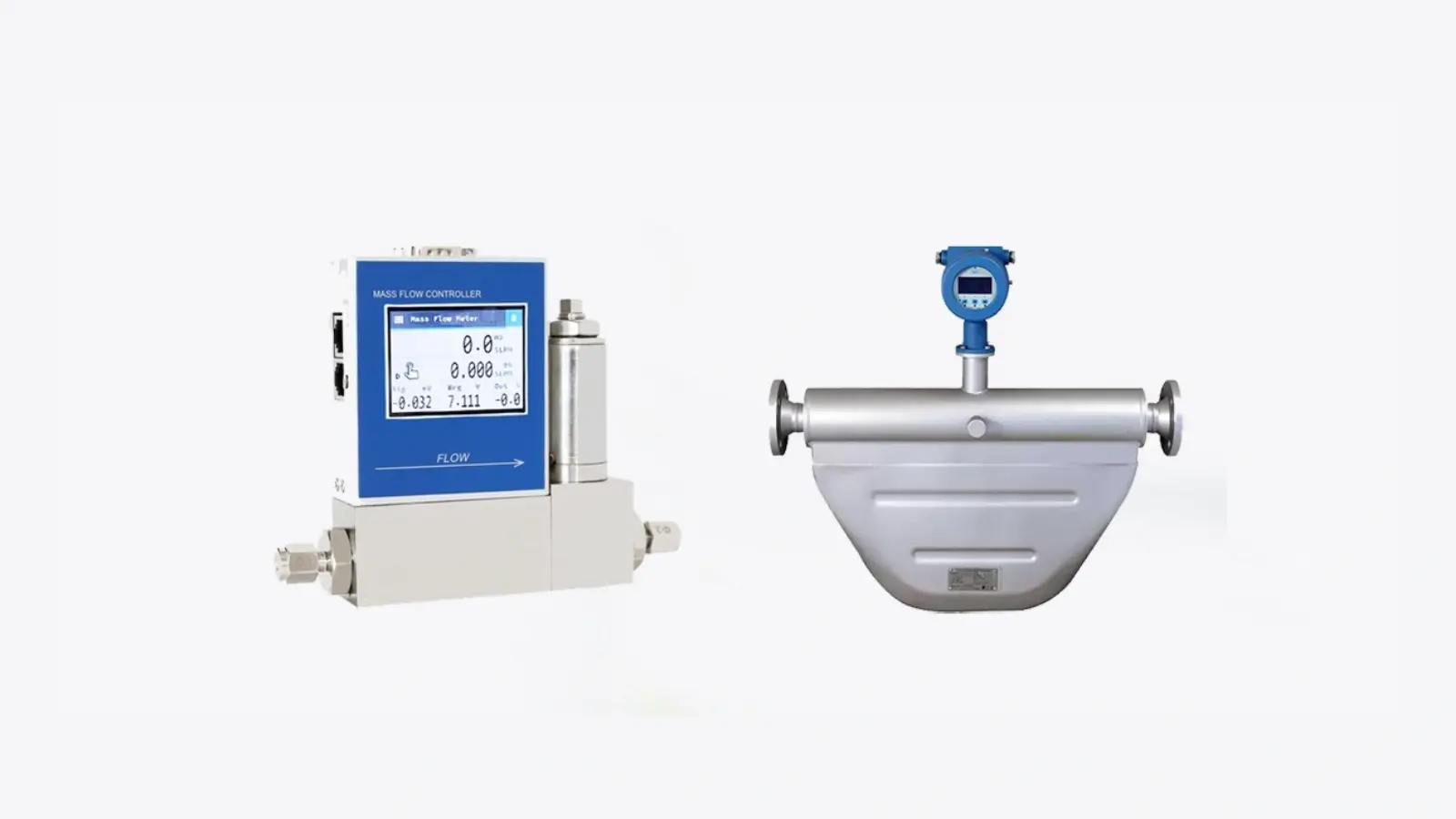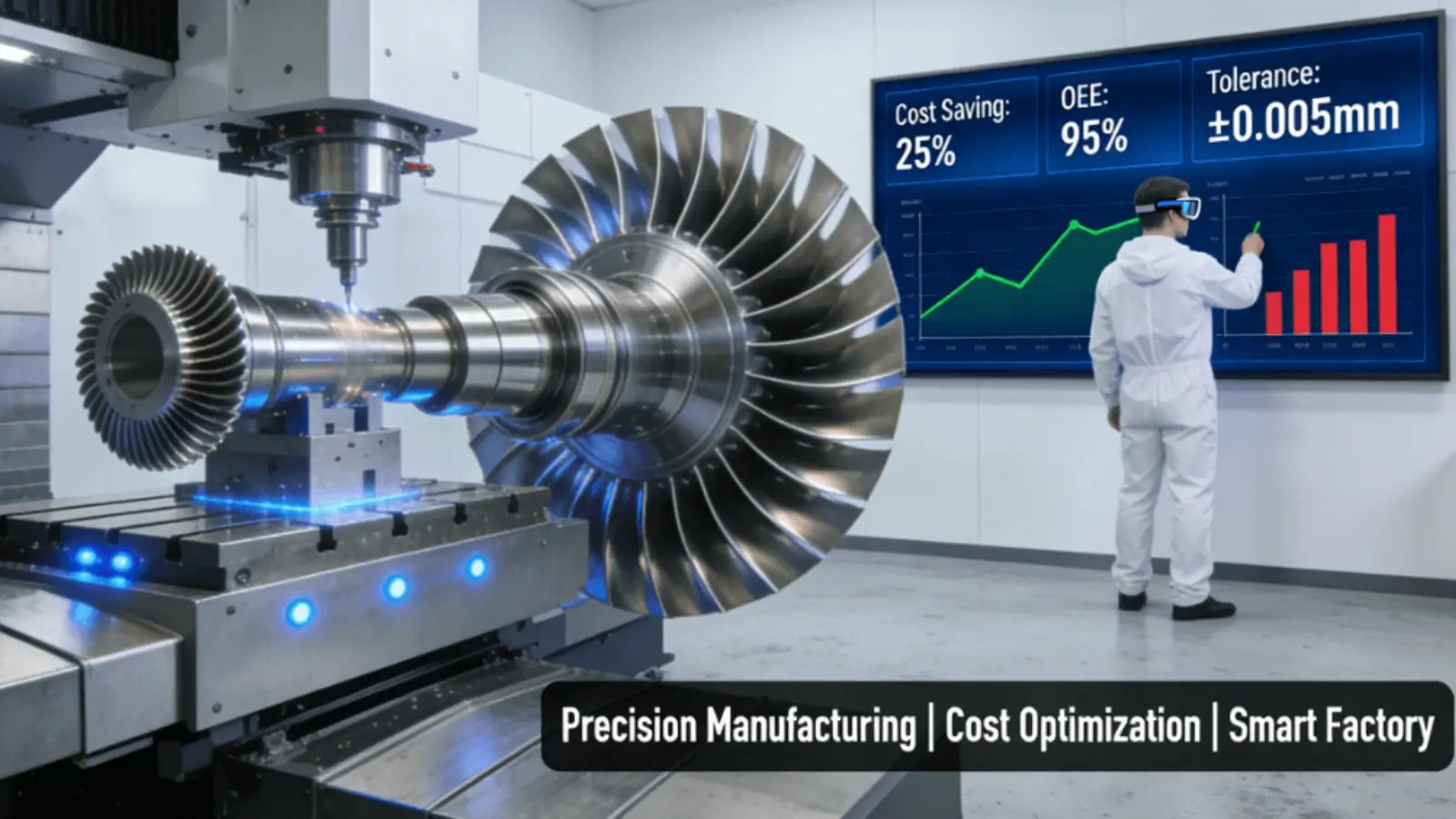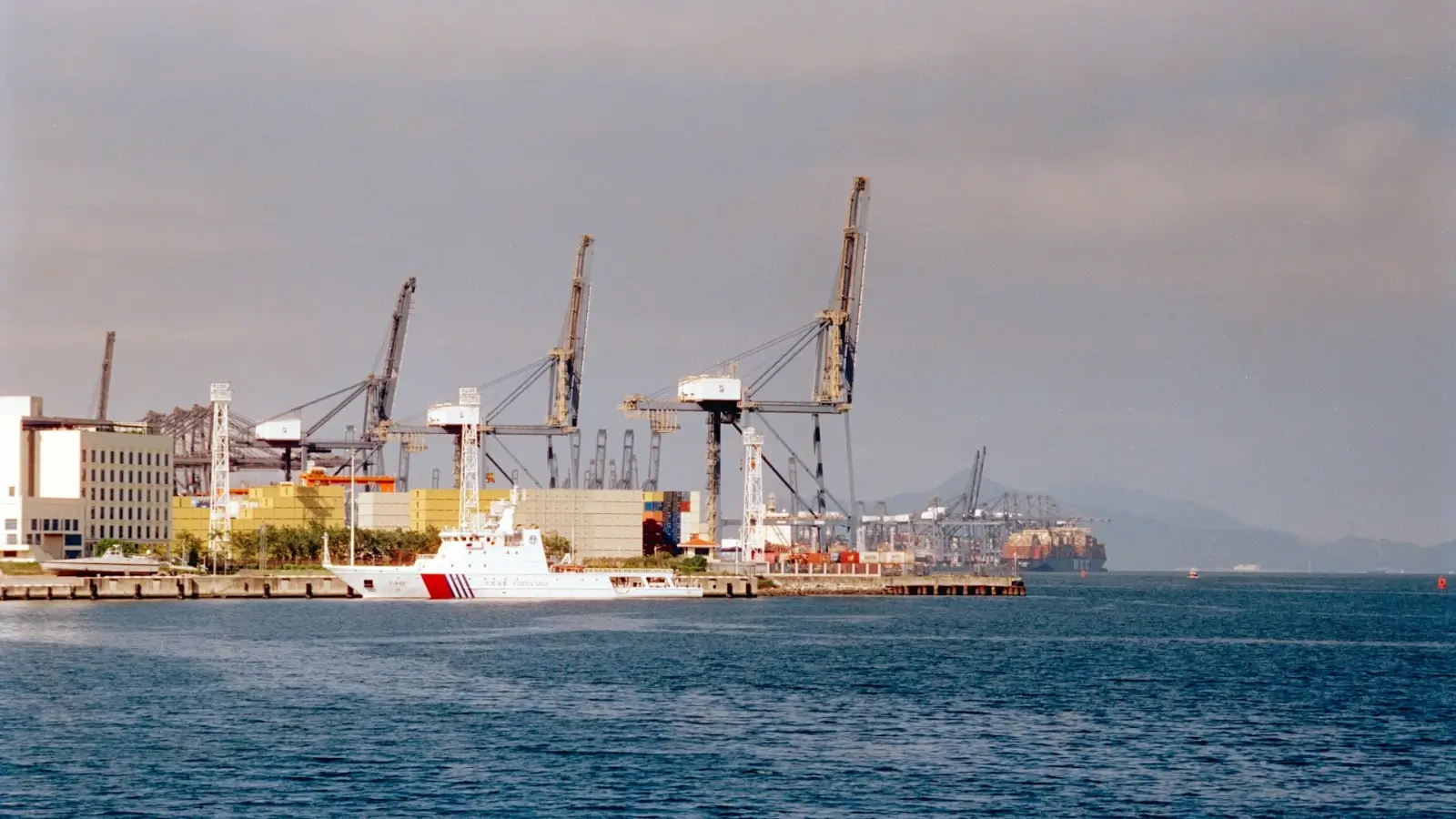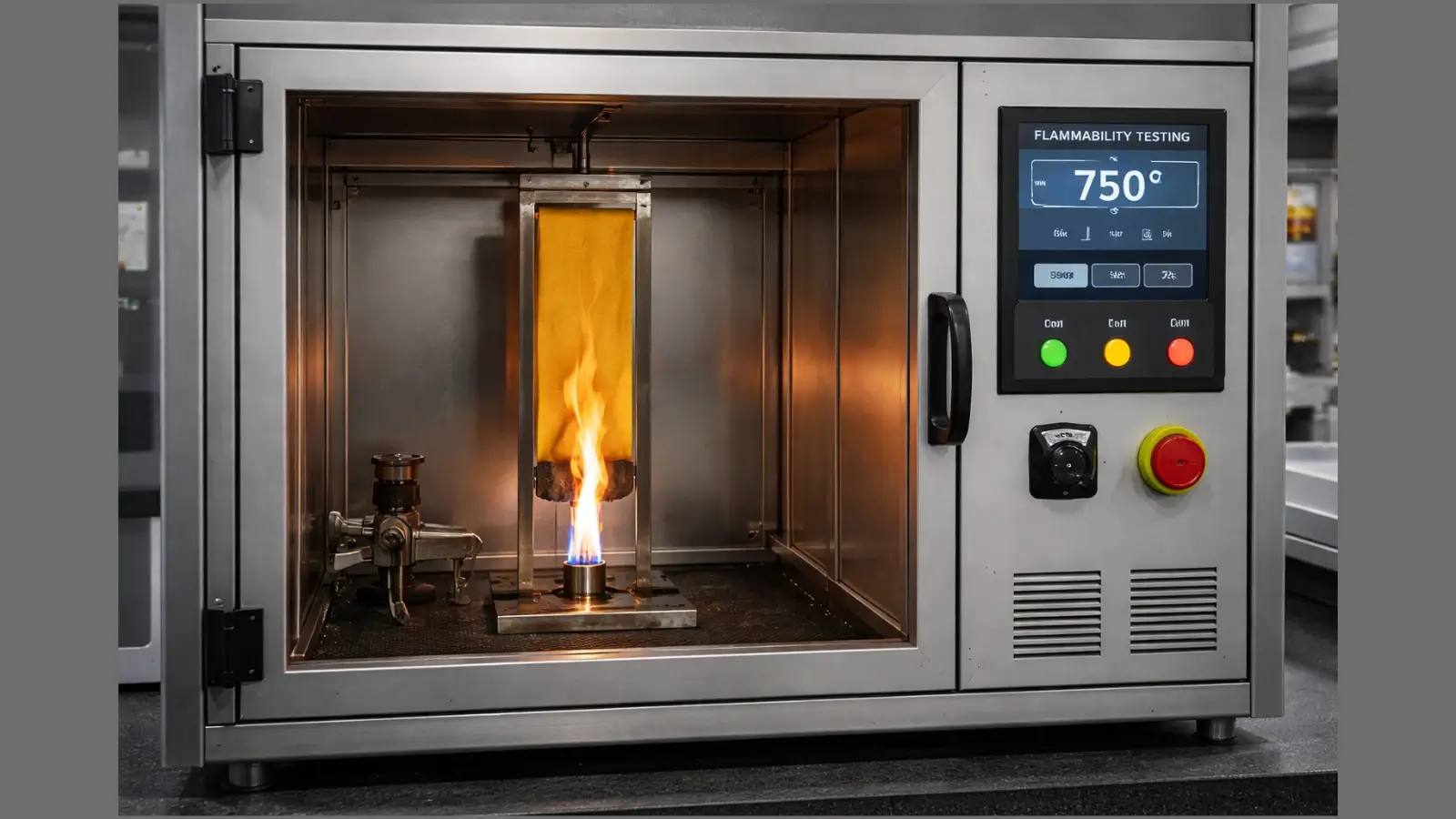Managing operations within an industrial facility can be a complex and challenging task. Efficiency, reliability, and consistent output are critical to keeping everything running smoothly. In a fast-paced environment, unforeseen disruptions, like power failures, can result in significant downtime and operational delays. Having a dependable backup power system is crucial to prevent such situations from hindering your daily operations. Utilizing high-quality backup equipment can help keep your operations on track, even in the face of unexpected challenges.
Here are some ways to streamline your facility’s operations, boost productivity, and maintain continuous, efficient workflows:
Optimizing Workflow and Operations
Streamlining workflow is essential to improving productivity. Begin by organizing workstations and clearly defining each team member’s role. Eliminate unnecessary steps in the production process to reduce downtime. Focus on communication and ensure that teams collaborate effectively, minimizing delays. Tools like workflow management software help track progress and identify areas of inefficiency. Regular reviews of the process are crucial to catch bottlenecks early. Optimizing how tasks are performed not only reduces time but also increases the accuracy of work, preventing mistakes that could lead to costly delays. By creating a well-structured and efficient workflow, facilities can maintain consistent output and boost overall productivity.
The Role of Reliable Power Solutions in Facility Operations
Reliable power systems are a must for industrial facilities. Unpredictable power outages can bring operations to a halt, leading to costly downtime. To avoid this, facilities need backup power solutions from reliable equipment providers that can keep everything running smoothly. For example, ECHO mobile generators are an effective option for industrial settings, providing portable and dependable power whenever needed. These generators can support critical processes during power failures, ensuring continuous operations. They are designed for high-demand environments, offering robust performance and ease of use. Mobile generators allow flexibility, especially for remote locations where access to a stable power grid may be limited. With reliable power, industrial operations can proceed without disruptions.
Automation and Technology Integration
Adopting automation and integrating technology can significantly boost productivity. Automated systems streamline operations by reducing the need for manual intervention, cutting down on human error, and speeding up production. From robotic machinery to automated inventory tracking, technology can handle repetitive tasks, allowing employees to focus on more critical responsibilities. Advanced software enables real-time monitoring of operations, making it easier to detect issues early and adjust processes accordingly. By connecting different systems, like production and inventory, companies can enhance communication, reduce delays, and keep everything in sync. Incorporating automation and technology helps businesses stay competitive while improving the overall efficiency of daily operations.
Preventive Maintenance: Avoiding Downtime
Preventive maintenance is key to avoiding costly downtime and ensuring that equipment runs at peak performance. By setting up regular maintenance schedules, facilities can identify potential issues before they cause disruptions. This can include routine cleaning, lubrication, and replacing worn-out parts. A proactive approach to maintenance helps extend the life of machinery and reduces the risk of unexpected breakdowns. Using maintenance management software or logs can help track and schedule services for all equipment, making sure nothing is overlooked. Preventative measures not only prevent expensive repairs but also ensure that production stays on schedule, leading to smoother operations and fewer interruptions in productivity.
Employee Training and Development
Training employees is crucial for maintaining smooth and efficient operations. Proper training ensures that workers understand how to operate machinery, follow safety protocols, and troubleshoot problems. By regularly updating training programs, employees stay informed about new technologies and methods that can enhance their performance. Ongoing development also boosts employee morale, as workers feel more engaged and valued when they have opportunities to grow. A well-trained team is more likely to identify and solve problems quickly, preventing errors that could slow down production. Investing in training reduces the chance of accidents and ensures that employees can adapt to changing demands, ultimately increasing productivity across the facility.
Inventory and Supply Chain Management
Effective inventory management is essential for maintaining a smooth flow of operations. Managing stock levels accurately ensures that the facility is neither overstocked nor running low on essential materials. This can prevent production delays caused by shortages or excess inventory taking up valuable space. Implementing just-in-time inventory systems helps keep materials flowing smoothly, reducing the risk of over-purchasing and wasted storage. Using automated inventory tracking tools allows for real-time updates, making it easier to reorder materials as needed. A well-maintained supply chain also improves relationships with suppliers, ensuring that necessary resources arrive on time and keeping production schedules on track.
Optimizing industrial facility operations requires a holistic approach that incorporates workflow efficiency, technology, reliable power solutions, preventative maintenance, and effective communication. By investing in the right tools and systems, including dependable backup power like mobile generators, companies can maintain continuous operations, minimize disruptions, and improve productivity. Regular audits, employee training, and energy-efficient practices also play a significant role in driving success. Streamlining operations doesn’t just reduce costs—it enhances the overall effectiveness of the facility. With the right strategies in place, businesses can achieve a higher level of performance, ensuring sustained growth and success in the competitive landscape.

